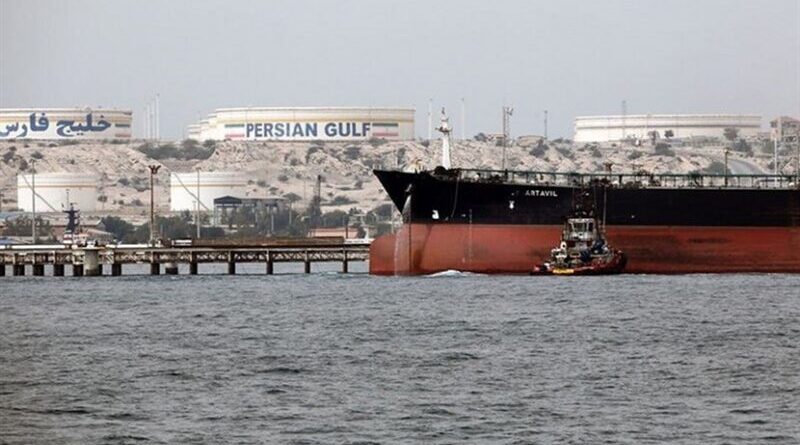Oil Trades Sideways As Gulf Tensions Take A Toll On Markets – OpEd
By Arab News
By Cornelia Meyer*
The oil price ended flat last week, but oscillated widely as the two forces influencing the oil markets — geopolitical tensions and weaker global economic growth — made their presence felt.
Upward pressures from geopolitical risks led to a jump in oil prices on Thursday. The attacks on two tankers in the Gulf of Oman, just off the Strait of Hormuz, had observers on edge following similar incidents and two drone strikes on the east-to-west oil pipeline in Saudi Arabia in May.
Twenty percent of global crude production passes through the Strait of Hormuz, which makes the shipping channel a potential choke point. The attacks nullified diplomatic efforts to mediate between Iran and its Arab neighbors. German Foreign Minister Heiko Maas and Japanese Prime Minister Shinzo Abe had both visited Tehran, with Iran sanctions, the Joint Comprehensive Plan of Action and geopolitical tensions in the region uppermost in their minds.
The downward pressure from a weaker economic outlook and heightened trade tensions was underlined in the International Energy Agency’s (IEA) monthly oil market report released last week.
The agency revised its 2019 demand growth downward from 1.3 million barrels per day (bpd) last month to 1.2 million bpd, citing concerns over the global economic outlook. That is the second downward revision in as many months. The demand situation is even bleaker when looking at the first quarter of this year when demand grew by only 300,000 bpd compared with the same period last year — the lowest demand growth since the fourth quarter of 2011. The agency blamed a warmer than usual winter in Japan and slowing demand in the European petrochemicals sector.
On the other side of the equation, higher non-OPEC supply will do nothing to support the oil price. The forecast is for non-OPEC supply to rise by 2.3 million bpd in 2020, up from 1.9 million bpd in 2019. Unlike this year, the agency sees the non-OPEC supply growth to be wider than just from the US in 2020. Brazil, Norway and Canada will be major contributors.
This is bad news for OPEC, because call on OPEC crude is forecasted to be 600,000 bpd lower than its current production. This is despite OPEC’s stunning overcompliance with the production cuts the organization agreed with its 10 non-OPEC allies, known as OPEC+ last December. The discipline can in part be attributed to Saudi Arabia and the UAE vigorously acting on the cuts. However, lower Iranian production due to sanctions and declining Venezuelan production supported the measures.
While tensions led to a jump in oil prices of over 4 percent on Thursday, markets clearly viewed the supply demand picture as more pertinent. Oil opened just shy of $62 per barrel in early Asian trading on Monday. That is down about 14 percent month on month. Observers may be jittery, but markets will react only when threats to the status quo materialize, especially when the underlying supply demand scenario is bearish. Traders may also be relaxed about temporary supply glitches since OPEC sits on around 3.2 million bpd of spare capacity, according to the IEA. That leaves considerable wiggle room.
OPEC+ will have big decisions to make when it meets in the next couple of weeks. Saudi Energy Minister Khalid Al-Falih seems optimistic that OPEC + will extend production cuts beyond June. However, if the IEA’s predictions are correct, this may not be enough to stabilize the price. The 25 nations could face further action down the road.
Al-Falih said he aimed to balance the markets this year. Faced with the impending supply glut, however, the oil allies may have to look further ahead.
- Cornelia Meyer is a business consultant, macro-economist and energy expert. Twitter: @MeyerResources

